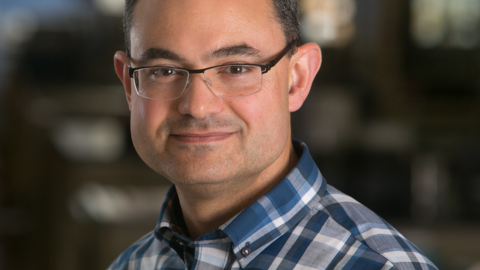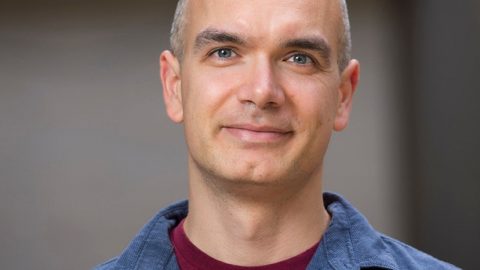Six hundred million years ago, the fossil record displays the sudden appearance of intracellular detail and the 32 phyla. The “Cambrian Explosion” marks the onset of dominant aerobic life. Fossil intracellular structures are so similar to extant organisms that they were likely made with similar membrane lipids and proteins, which together provided for organisation and specialisation. While amino acids could be synthesised over 4 billion years ago, only oxidative metabolism allows for the synthesis of highly unsaturated fatty acids, thus producing novel lipid molecular species for specialised cell membranes. Docosahexaenoic acid (DHA) provided the core for the development of the photoreceptor, and conversion of photons into electricity stimulated the evolution of the nervous system and brain. Since then, DHA has been conserved as the principle acyl component of photoreceptor synaptic and neuronal signalling membranes in the cephalopods, fish, amphibian, reptiles, birds, mammals and humans. Michael Crawford discusses the background to views on brain function and the thesis that it is conducted by π-electrons which perform sensory reception, memory, action, cognition and consciousness. Having reported evidence that the brain required arachidonic and docosahexaenoic acid specifically, for its growth, structure and function in 1972, Crawford’s work has focused first on testing the evidence, the specificity and the requirement. Attention is now directed on establishing (i) the biological reason for the uniqueness of docosahexaenoic acid in neural signaling systems which stretched unchanged over the 500- 600 million years of evolution and (ii) the application of this knowledge to the prevention and treatment of neurodevelopmental disorders.
Image courtesy of interviewee. December 17, 2018






